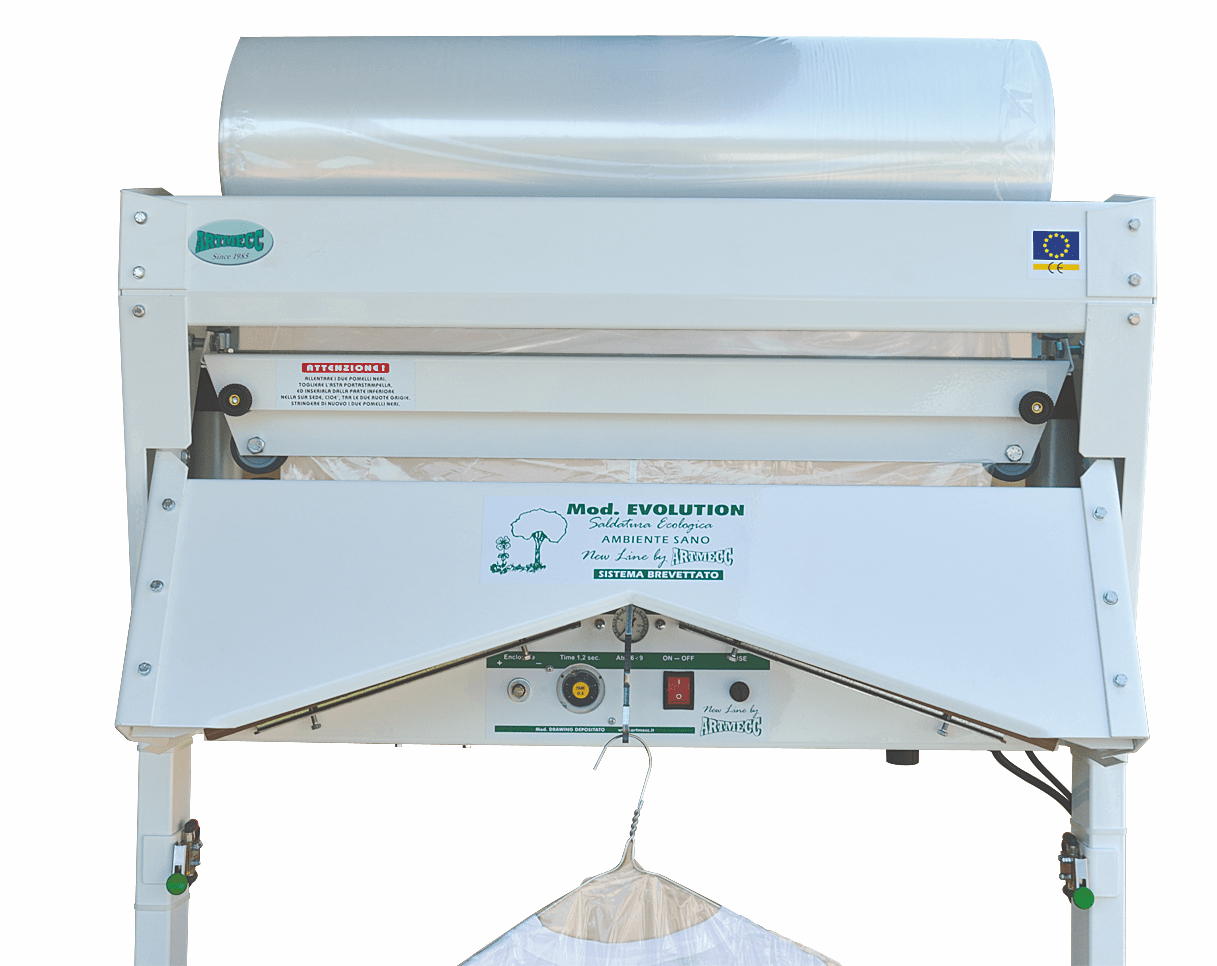Floods are among the most common and costly natural disasters in the United States. Whether you live on the coast or hundreds of miles inland, your property could be at risk. Yet many homeowners and business owners are unsure if they need flood insurance how it works, or what it covers. If you’ve ever wondered whether flood insurance is a must-have or just an optional add-on, this guide from Platinum Insurance will answer all your questions.
In this article, we’ll break down the essentials of flood insurance—who needs it, why it matters, how it works, and how to get the right coverage. Whether you’re buying a new home or reviewing your current policy, understanding the role of flood insurance can save you thousands and provide peace of mind when the water starts to rise.
What Is Flood Insurance?
Flood insurance is a specialized type of insurance designed to cover losses and damages caused specifically by flooding. Unlike standard homeowners insurance, which may cover certain water-related incidents like burst pipes, flood insurance protects you from damage resulting from natural flood events such as hurricanes, heavy rainfall, river overflow, or storm surge.
Flood insurance policies are typically provided through the National Flood Insurance Program (NFIP), managed by the Federal Emergency Management Agency (FEMA), or through private insurers.
What Counts as a Flood?
According to FEMA, a flood is defined as a general and temporary condition of partial or complete inundation of two or more acres of normally dry land or of two or more properties from:
- Overflow of inland or tidal waters
- Unusual and rapid accumulation or runoff of surface waters
- Mudflow
- Collapse or subsidence of land along the shore due to erosion or waves
Understanding this definition is crucial because standard policies won’t cover your damages unless the event meets FEMA’s criteria for a flood.
Is Flood Insurance Required?
The short answer is: it depends. Flood insurance is required by law in certain situations but recommended in many others.
When Flood Insurance Is Mandatory
If your property is located in a high-risk flood zone (Special Flood Hazard Area or SFHA) and you have a federally backed mortgage, your lender will require you to carry flood insurance. These zones are designated by FEMA and are more likely to experience serious flood events.
Lenders mandate this insurance to protect their investment. If a flood wipes out your home and you don’t have insurance, the lender loses their collateral. So if you’re financing a home in a high-risk area, you won’t get the mortgage without showing proof of flood insurance.
When Flood Insurance Is Optional but Smart
Even if you’re not in a designated high-risk zone, flooding can still occur—and often does. FEMA reports that over 25% of flood claims come from properties outside high-risk flood areas. That means your home or business could be at risk even if you’re not required to buy flood insurance.
If you live in a moderate- to low-risk zone, you may not be legally required to have coverage, but opting in can still be a wise decision. Premiums are often lower in these areas, and the financial protection is invaluable during unexpected disasters.
What Does Flood Insurance Cover?
Flood insurance typically comes in two parts: building coverage and contents coverage. These may be purchased separately or together, depending on your needs.
Building Property Coverage
This covers the physical structure of your home or building, including:
- Foundation and walls
- Electrical and plumbing systems
- Central air and heating systems
- Water heaters
- Built-in appliances
- Permanently installed carpeting
Personal Property (Contents) Coverage
This protects the items inside your property, such as:
- Furniture
- Electronics
- Clothing
- Washers and dryers
- Food freezers and their contents
- Portable air conditioners
Be aware that certain items like currency, precious metals, or important papers may not be covered. Also, basement coverage may be limited in NFIP policies.
How Much Does Flood Insurance Cost?
The cost of flood insurance varies based on several factors:
- Location and flood risk (FEMA flood zone maps)
- Property structure and elevation
- Age and design of the building
- Coverage limits and deductible choices
On average, NFIP policies can cost around $700 annually, but that number can be significantly higher or lower depending on your property’s risk profile. New pricing models like FEMA’s Risk Rating 2.0 aim to offer more individualized rates, making it even more important to shop around and consult an insurance professional.
Private flood insurance providers may offer competitive rates or broader coverage options than NFIP policies. It’s worth comparing both types to ensure you’re getting the best protection for your investment.
How to Know If You’re in a Flood Zone
To determine whether you’re in a flood-prone area, you can:
- Check FEMA’s Flood Map Service Center
- Contact your local planning or zoning office
- Speak with your mortgage lender or insurance agent
Flood zones are categorized by letters: A and V zones represent high-risk areas, while B, C, and X zones are considered moderate- to low-risk. Knowing your zone helps you assess your risk and understand your insurance options.
How to Purchase Flood Insurance
You can purchase flood insurance through:
- The NFIP (via participating insurers): This is often the most accessible route and provides standardized coverage.
- Private insurers: These may offer higher limits or additional coverage options not available through the NFIP.
It’s best to consult an experienced insurance agency like Platinum Insurance, which can help you assess your needs and compare different policies. There’s typically a 30-day waiting period before coverage takes effect (unless you’re buying it in connection with a loan), so don’t wait until a storm is approaching to get covered.
Common Myths About Flood Insurance
“My Homeowners Insurance Covers Flooding”
This is one of the most dangerous misconceptions. Standard homeowners insurance does not cover flood damage. Without a separate flood insurance policy, you’ll be paying out-of-pocket for repairs and replacements.
“I Don’t Live Near Water, So I Don’t Need Flood Insurance”
Floods can happen anywhere. Heavy rains, melting snow, blocked drainage systems, and new construction altering runoff paths can all cause flooding—even miles from the nearest body of water.
“I’ll Get Disaster Relief From FEMA”
Federal disaster assistance is only available if the President declares a major disaster—and it often comes in the form of loans that must be repaid. Flood insurance provides reliable protection without the uncertainty of government aid.
Why Flood Insurance Is a Smart Investment
Protecting your property from water damage isn’t just about meeting a requirement—it’s about long-term financial security. The cost of flooding can be astronomical, with just one inch of water causing up to $25,000 in damages. Considering this, the relatively low cost of a flood insurance policy is a sound investment in your future.
Moreover, as climate change increases the frequency and severity of extreme weather, areas once considered “low-risk” may now face unexpected threats. A flood policy gives you peace of mind knowing you’re protected no matter what Mother Nature throws your way.
Final Thoughts
Flood insurance isn’t just for those living in coastal towns or near rivers—it’s for any property owner who wants to protect their home or business from financial disaster. Whether it’s required by your lender or simply recommended based on your location, having a flood insurance policy is one of the smartest decisions you can make to safeguard your investment. Don’t wait until it’s too late. Talk to a trusted insurance advisor at Platinum Insurance today to learn more about your flood risk, explore your coverage options, and get the protection your property deserves. Being proactive today can save you thousands tomorrow—and ensure that when the waters rise, your finances stay dry.




